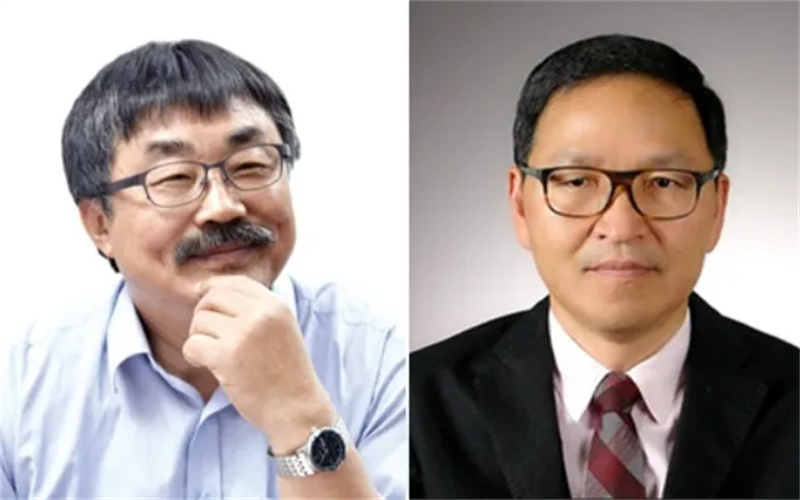On April 25, a major shakeup rocked the global semiconductor industry: two of South Korea's most revered semiconductor scientists, Dr. Lee Young-hee and Dr. Lee Ki-myung, have officially taken positions at Chinese institutions, signaling a major shift in the high-tech talent landscape.
Dr. Lee Young-hee, former head of the Center for Integrated Nanostructure Physics at the Institute for Basic Science (IBS), has joined Hubei University of Technology along with a 20-member research team. This follows Dr. Lee Ki-myung, former vice president of the Korea Institute for Advanced Study, who moved to Beijing's Yanqi Lake Applied Mathematics Research Institute last year. Both were among the first scholars designated as South Korea's "National Scholars," and their departure strikes a blow to South Korea's research ecosystem.
Rigid academic policies in South Korea, such as mandatory retirement and short-term contracts, have fueled a growing exodus of top scientists. Upon retiring in 2023, Dr. Lee Young-hee's team was forced to disband due to rules requiring leaders to be active professors. Meanwhile, China has strategically countered with a powerful mix of funding, cutting-edge equipment, and clear pathways to industrialization — effectively addressing the key pain points of outdated facilities, limited retirement security, and weak industry-academia ties in South Korea.
Dr. Lee Young-hee is a global leader in two-dimensional ferromagnetic semiconductor research, a critical field for overcoming post-Moore's Law challenges. His team's relocation is expected to strengthen China's position in next-generation semiconductors, complementing local champions like YMTC and SMIC.

South Korea's semiconductor industry, heavily reliant on memory chips (accounting for 95% of its semiconductor exports), continues to lag in emerging areas like AI and automotive chips. Meanwhile, China has made significant strides by attracting over 2,000 South Korean engineers, achieving an annual 37% growth rate in patents for third-generation semiconductor materials and building industry clusters such as Wuhan's Optics Valley.
Despite Seoul's ambitious "Semiconductor Superpower Strategy," systemic mismatches between government policy and market needs have limited its effectiveness. In 2022, only 8% of Korea's semiconductor R&D investment went toward basic research, compared to China's large-scale initiatives such as Hubei University of Technology's new 16,000-square-meter research institute.
Recruitment drives by Chinese universities offering competitive salaries, cutting-edge research environments, and generous startup funds have made "China's offers" a hot topic among South Korean engineering professors, especially those with semiconductor patents. Even as some Korean scholars hesitate due to ongoing government projects, many express strong interest.
Dr. Lee's expertise in carbon nanotube technology — widely seen as a key to next-generation semiconductors — is expected to synergize with China's domestic semiconductor champions. His move, along with others such as Yin Zhiyou's and Kong Long's recent returns to China, highlights Beijing's broader dual-track strategy of attracting top global talent while building indigenous teams.
As South Korea grapples with a growing semiconductor talent shortage and declining memory chip profits, China's proactive talent strategy is quietly reshaping the global semiconductor power map.
+86 191 9627 2716
+86 181 7379 0595
8:30 a.m. to 5:30 p.m., Monday to Friday
